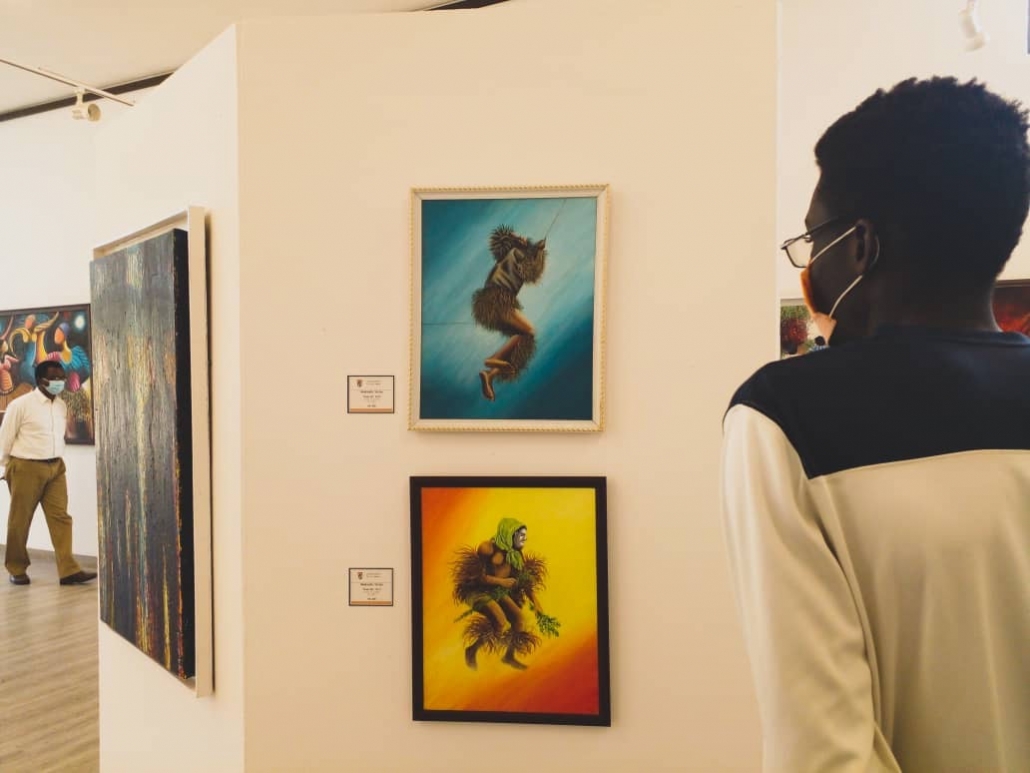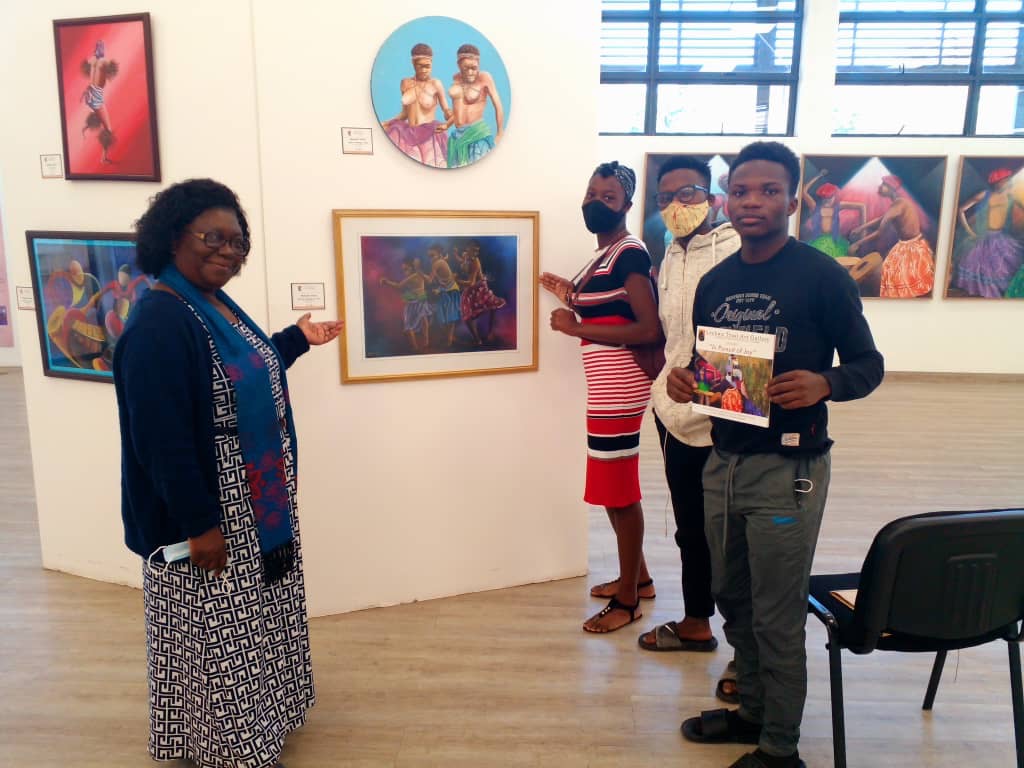
The Lechwe Trust Art Gallery in Lusaka is running an art exhibition which features great pieces of art from two Zambian Artists; Victor Makashi and Patrick Mumba. Most of their artworks bring to life the cultures of two prominent tribes here in Zambia; the Luvale people of North Western Province and the Lozi people of Western Province of Zambia. On the 25th of June some of the Kucetekela Foundation gap year students (including myself) together with the Executive Director took some time to visit the Art Gallery. It was an amazing experience as we got to gain more knowledge about our culture and also get to see the amazing artwork of our own artists. Among the most captivating paintings in the gallery were that of the Makishi Dancers of the Luvale People. In this article I am going to share some important information about the Luvale people and their culture.Luvale ( same as; Chiluvale, Lubale) is a buntu language that is widely spoken by a particular group of people from Angola and Zambia. The Luvale people are best known for their Makishi (“likishi is the singular”) dancers who wear masks and knitted costumes which are made from traditional materials. It is generally stated that most of the Makishi are men, however, we can not really say that’s the truth because their identity is strictly hidden from the public. Legend has it that they wear their costumes from the graveyard where no one can see them. The only time we get to see them in action is when they are performing at special events such as the Likumbi Lya Mize, Mukanda and Wali. The Likumbi Lya Mize ( translates to “ceremony of the mize”) is a ceremony where the Makishi dancers are deployed together with Wali at the Chief’s Palace where they perform various dances. Apart from the dances, speeches are also given by the chief and other government officials. The whole event takes place for about one week and it is witnessed by the general public, who watch it either on the National Broadcasting Television Channel or from the actual site at the Chiefs Palace.The other famous Luvale Ceremony is the “Mukanda ceremony”. The Mukanda is a coming of age ceremony that includes male circumcision, the ceremony takes place in the bushes and lasts for about 6 month. The participants are Luvale males aged between 8 and 12, and they are called “Tundaji”. The teachers who take them through this process are called Makishi. The Makishi guides the tundaji through their transition process from being boys to becoming men. It’s a tough process but that’s what makes a Luvale man to be a brave man.Finally, the Wail ceremony. It is a coming of age ceremony for a Luvale girl who reaches puberty (age of 13). The girl (Mwali) is moved from her parents home and taken to a new built house that is near a fig tree, the tree symbolises “Fertility”. Mwali is taught on how to be hygienic, how to do domestic chores and is given protective medicine by her teacher; “ Chilombola”. After this period, which takes place for about a week to one month, has finished, Mwali has to perform various dances to show the skills that she has gained from the ceremony. Mwali is then covered in a chitenge and is taken back to her home. In the past, her return home would be welcomed by an arranged marriage. However, due to changes in culture and the laws governing the country, early marriages are illegal in Zambia. Therefore, nowadays this ceremony is performed right before the woman gets married.In conclusion, I was thrilled to see how these two artists ( Victor and Patrick) were able to capture the most important part ( Makishi) of the Luvale culture through their amazing paintings. As a Kucetekela Foundation student, it’s important for me to understand my culture and that of other people as it will help me to become a great leader.

| ReplyForward |



